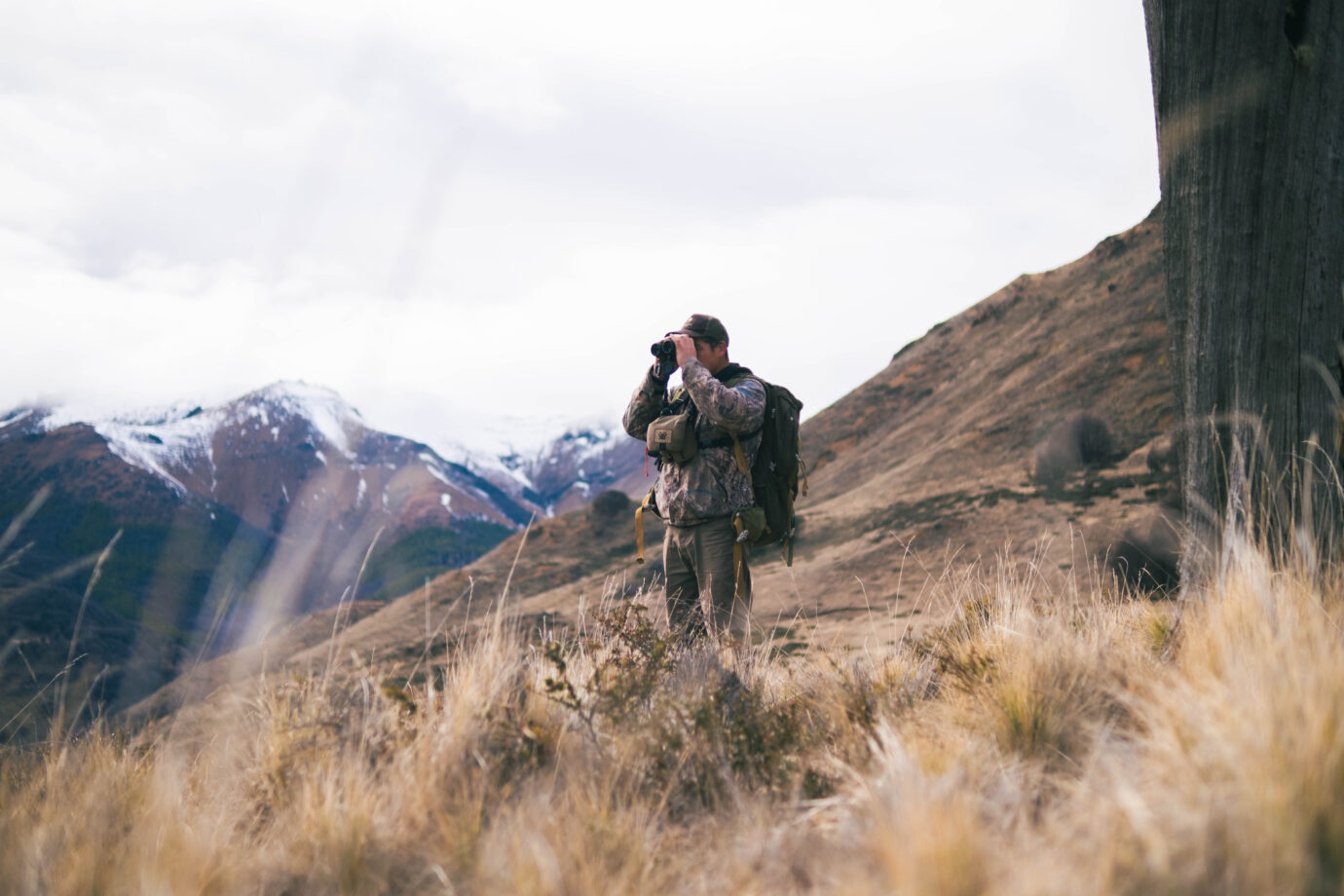
Foto: Diego Ramos para Rewilding Chile
Rewilding Chile has inaugurated the world’s first Huemul Rescue and Rehabilitation Center adjacent to Cerro Castillo National Park, home to 10% of the remnant population of the species, which has lost 99% of its historic population throughout Patagonia.

Foto: Diego Ramos para Rewilding Chile
A national symbol on the Chilean coat of arms, the huemul deer (Hippocamelus bisulcus or South Andean deer) has become one of the world’s most endangered mammals, found near extinction in its home territory of Argentina and Chile. With the creation of the first Huemul Rescue and Rehabilitation Center, Rewilding Chile, the offspring organization of Tompkins Conservation, is racing to aid in the species’ recovery.
According to Cristián Saucedo, Wildlife Director at Rewilding Chile, only 1,500 huemuls remain, distributed in fragmented populations throughout Patagonia. Saucedo asserts, “With the creation of a world-class facility to study and treat the huemul deer, we hope to substantially improve its chances of survival.”
In early 2022, the huemul was identified by the scientific journal Ecography as one of 20 crucial species to lead global ecosystem restoration. But a great loss of habitat, hunting, disease brought by livestock, road accidents and dog attacks have contributed to the species’ rapid decline. They also have been displaced by exotic species, such as wild boar and red deer.
Strategically located adjacent to Cerro Castillo National Park, home to 10% of the remaining deer, the center will provide individual treatment and rehabilitation to re-release healthy individuals into the wild. Huemuls in the region suffer from caseous lymphadenitis, a serious livestock-transmitted disease, which can be mitigated if treated.
These much-needed interventions complement the existing efforts of The Huemul Corridor, a large-scale conservation strategy to reconnect populations throughout the southern Andes, undertaken by Rewilding Chile in collaboration with the Ministry of Agriculture, the National Forestry Service (CONAF), and National Agricultural & Livestock Service (SAG), since 2023.
Kristine Tompkins, President of Tompkins Conservation, traveled to Aysen to celebrate the inauguration, “We must never give up on the most vulnerable. In this case, the huemul deer is not only a symbol of Chile, but a key player in the restoration of its ecosystems. By helping this population thrive, the work started here today can reverberate for generations.”
“We must never give up on the most vulnerable. In this case, the huemul deer is not only a symbol of Chile, but a key player in the restoration of its ecosystems. By helping this population thrive, the work started here today can reverberate for generations.”
About the facility
The Huemul Rescue and Rehabilitation Center occupies the former site of a sheep and cattle ranch. In 2019, Rewilding Chile acquired the land to protect key habitat, and worked with volunteers to remove fences to restore connectivity for herds of huemul deer. Despite local losses, the region of Aysén remains an important stronghold for the species.
Over the past century, livestock grazing in Patagonia has contributed to habitat fragmentation and enabled the transmission of disease from livestock to huemul, such as Corynebacterium pseudotuberculosis, the causative agent of caseous lymphadenitis (CL).
Authorities sought to establish the rescue center adjacent to Cerro Castillo National Park where the Forestry Service (Conaf) and the National Agricultural & Livestock Service are undertaking regular interventions with the species. Daily operations at the center will be carried out by veterinarians and wildlife rangers experienced in the capture and transfer of huemuls.
The 12-acre site includes a clinic, quarantine area, pre-release pens, and housing for wildlife rangers.